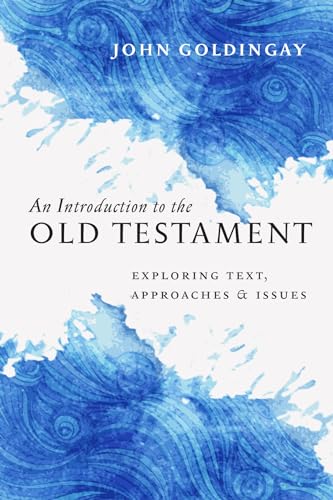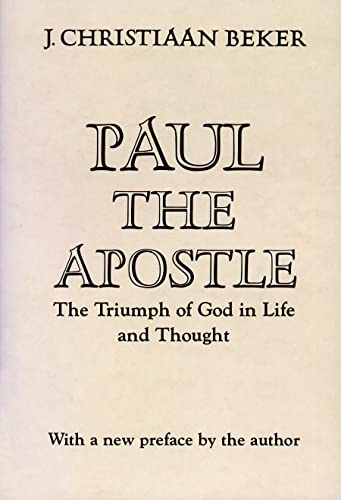God in Control, An Exposition of the Prophecies of Daniel
Written by Robert Gurney Reviewed By Robin ThomsonIs biblical prophecy like the Rubik cube? Do we have to twist and turn to fit everything into place? Or is it all just vague symbolism from which only broad principles emerge? Any study of the visions of Daniel inevitably involves attempts to identify puzzling symbols and calculate dates, since the text contains them. In the face of the many interpretations some of us become confused or cynical. Dr Gurney offers a ‘radically new’ approach. It is certainly a fresh approach to some of the problems of the visions (he does not discuss the narratives).
- Which are the four empires in chapters 2 and 7? Traditionally they are Babylon, Medo-Persia, Greece and Rome. The modern view is Babylon, Media, Persia and Greece, tied in with the assumption of second-century authorship and historical errors. Dr Gurney argues that these need not be packaged together: the fourth empire is Greece, but the supposed errors can be explained and second-century authorship need not be accepted.
- A difficulty here has always been the separate existence of the Median Empire. He shows that there was in fact a distinct period of Median supremacy, not after Babylon, but between the death of Nebuchadnezzar and the partnership with Persia in which the Medes at first were the seniors.
- In Daniel 9 we really have to start calculating, for the whole chapter hinges on the seventy years and their re-interpretation as seventy weeks of years. Nobody has fully solved this one, Dr Gurney’s contribution is to date the seventy weeks from the time of Ezra in 585, when the rebuilding of Jerusalem can be said to have started. Sixty-nine weeks take you to AD 26, the beginning of Christ’s ministry. His main point is that 9:24–27 definitely predicts the coming of Christ and not the time of Antiochus.
- Another problem passage is 11:40ff., the point which many scholars regard as the end of the (accurate) description of history and the beginning of the (inaccurate) attempt at prediction. The traditional explanation refers this passage to the future, the time of the antichrist. Dr Gurney tries to show that it fits admirably with the period when the Romans finally destroyed the Greek empire. It is not erroneous but remarkably accurate.
Dr Gurney’s arguments are clear and well presented. They are quite reasonable in general, though many details seem at best ingenious and at worst forced and hair-splitting. But compared to many other attempts to ‘solve the cube’ they are sane and serious contributions which may open up fruitful discussion. They are at least as possible interpretations as any others. His historical contribution is valuable.
But we are still left with the question: are these visions really meant to be a puzzle to be solved in this way? Dr Gurney believes that their riddle-like ambiguity may be deliberate; like Jesus’ use of parables it does not force belief on you. God wants us to search for the truth. For him Daniel is a remarkable series of predictions referring primarily to Christ’s first coming. It strengthens faith as a result. There is a further fulfilment in Christ’s second coming, which is taken up in the book of Revelation—part 2 of the serial. He summarizes this briefly in the closing chapter, which is good value, apart from an aberration where (against his own better judgment) he tries to name certain modern nations as the successors to the four empires.
Dr Gurney himself refers frequently to the image of the mountain peaks of prophecy, one behind the other, so that one cannot tell the distance between them. I wonder whether this might save him some of his ingenious labour and minute differentiations. The persecution under Antiochus, the fall of Jerusalem in AD 70, the tribulations of ‘the time of the end’—are they not all mountain peaks in the same range? Like Jesus’ first and second comings, they are part of the same event—in this case of divine judgment. Does not the New Testament re-interpretation of Old Testament expectations, which he refers to, prevent us from having to say, ‘This must be that period rather than this’? Can it be both? This might free him—and all of us—to explore more of the powerful relevance and ethical and spiritual application of such prophecies to our own troubled times.
Robin Thomson
London






